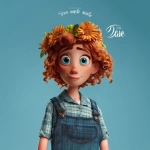Explore the Best AI Image Gallery
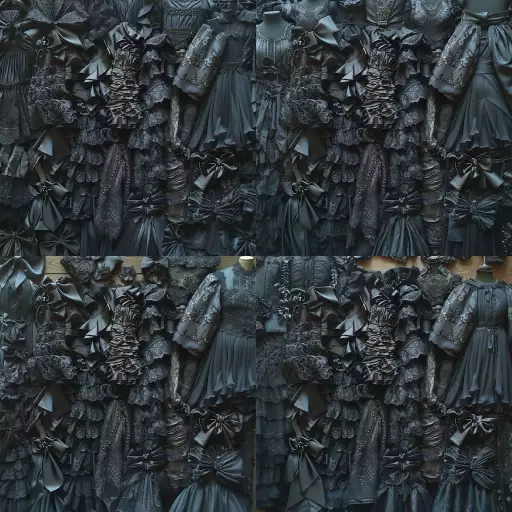
Quantum Leaps in Creativity: How Quantum Computing is Reshaping the Artistic Landscape
The world of art has always been a playground for innovation, constantly evolving with the emergence of new technologies. From the brushstrokes of Renaissance masters to the pixels on our digital screens, each era has witnessed a unique fusion of creativity and technology. Today, we stand on the precipice of another paradigm shift, driven by the burgeoning field of quantum computing.
Quantum computers, harnessing the enigmatic principles of quantum mechanics, possess an unparalleled ability to process information, far surpassing the capabilities of classical computers. This immense computational power is poised to revolutionize numerous sectors, and the creative industry stands to be profoundly transformed.
Unleashing Artistic Potential: Applications in Quantum Creativity
The applications of quantum computing in the creative domain are as diverse as the artistic expressions themselves:
- Generative Art: Quantum algorithms can generate intricate, complex, and entirely novel artistic pieces. Imagine a world where algorithms can compose symphonies, design sculptures, or craft paintings, pushing the boundaries of artistic creation.
- Personalized Experiences: Quantum computing can tailor artistic experiences to individual preferences. Imagine attending a concert where the music dynamically adapts to your emotions, or witnessing a play that evolves based on your real-time interactions.
- Immersive Environments: Quantum-powered virtual and augmented reality (VR/AR) experiences can create breathtakingly realistic and interactive worlds, blurring the lines between the physical and digital realms. Artists could sculpt immersive landscapes, design fantastical creatures, or craft interactive narratives that transport viewers to new dimensions.
- Interactive Storytelling: Quantum computing can enable dynamic and responsive storytelling. Imagine books where the narrative unfolds based on your choices, or films that adapt in real-time to your reactions, fostering a truly engaging and personalized experience.
Navigating the Ethical Terrain
As with any transformative technology, quantum computing raises important ethical considerations for the creative industry:
- Copyright and Ownership: Who owns the copyright to art generated by algorithms? How do we address the question of authorship when creativity is shared between humans and machines?
- Bias and Representation: Quantum algorithms are trained on data, and if that data reflects existing societal biases, the resulting artwork may perpetuate harmful stereotypes. It is crucial to ensure fairness and inclusivity in the development and deployment of quantum-powered creative tools.
- Accessibility and Equity: The high cost of quantum computing could create a divide between those who can access its benefits and those who cannot. We must strive to make this technology accessible to all, fostering a more equitable and inclusive creative landscape.
The Quantum Future of Creativity
Quantum computing is still in its early stages, but its potential to reshape the creative industry is immense. As research progresses and quantum technologies become more accessible, we can expect to see:
- New Artistic Forms: Artists will explore entirely new mediums and genres, pushing the boundaries of what is considered art.
- Enhanced Collaboration: Quantum computing will facilitate seamless collaboration between artists, designers, technologists, and audiences, blurring the lines between creator and consumer.
- Democratization of Creativity: User-friendly quantum tools will empower individuals to participate in the creative process, fostering a more inclusive and participatory arts ecosystem.
The intersection of quantum computing and creativity holds immense promise. By embracing this transformative technology responsibly and ethically, we can unlock new frontiers of artistic expression, foster innovation, and shape a future where art and technology converge in unprecedented ways.
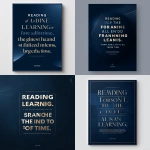

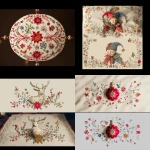





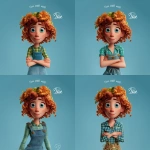














](https://images.ai-img.art/thumbnails/150/1202074d0d60b08b64d0f91f36468608aaac200a02b721cc8e6d8ec8a908432c.webp)


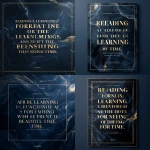
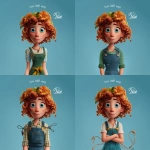
](https://images.ai-img.art/thumbnails/150/184b4b030e30be0a6d51b544226cb4cf2271977814d935d3aaa2b7529355b3b7.webp)



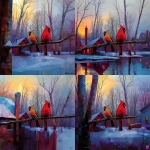



](https://images.ai-img.art/thumbnails/150/60973df1d727dbbf8e6922b7e4836814ab6012106eb9dcfe99aea7aec15f3710.webp)


](https://images.ai-img.art/thumbnails/150/e6a179db327f0374ec327d0fdab48ac1f2dc47123eed103b0a41ed346280d07d.webp)

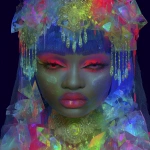
](https://images.ai-img.art/thumbnails/150/655229c40961cb7ff5abd4b4190e02c94ea1a961106e7547a562649c945268be.webp)
](https://images.ai-img.art/thumbnails/150/26c16e4f635deee86633de398088ca98d9bb748d6e7601436b07e882fab236cb.webp)
](https://images.ai-img.art/thumbnails/150/6c909fd6d38caac6572b592dd97831deb7d6562bba142798574677582676dfc1.webp)



